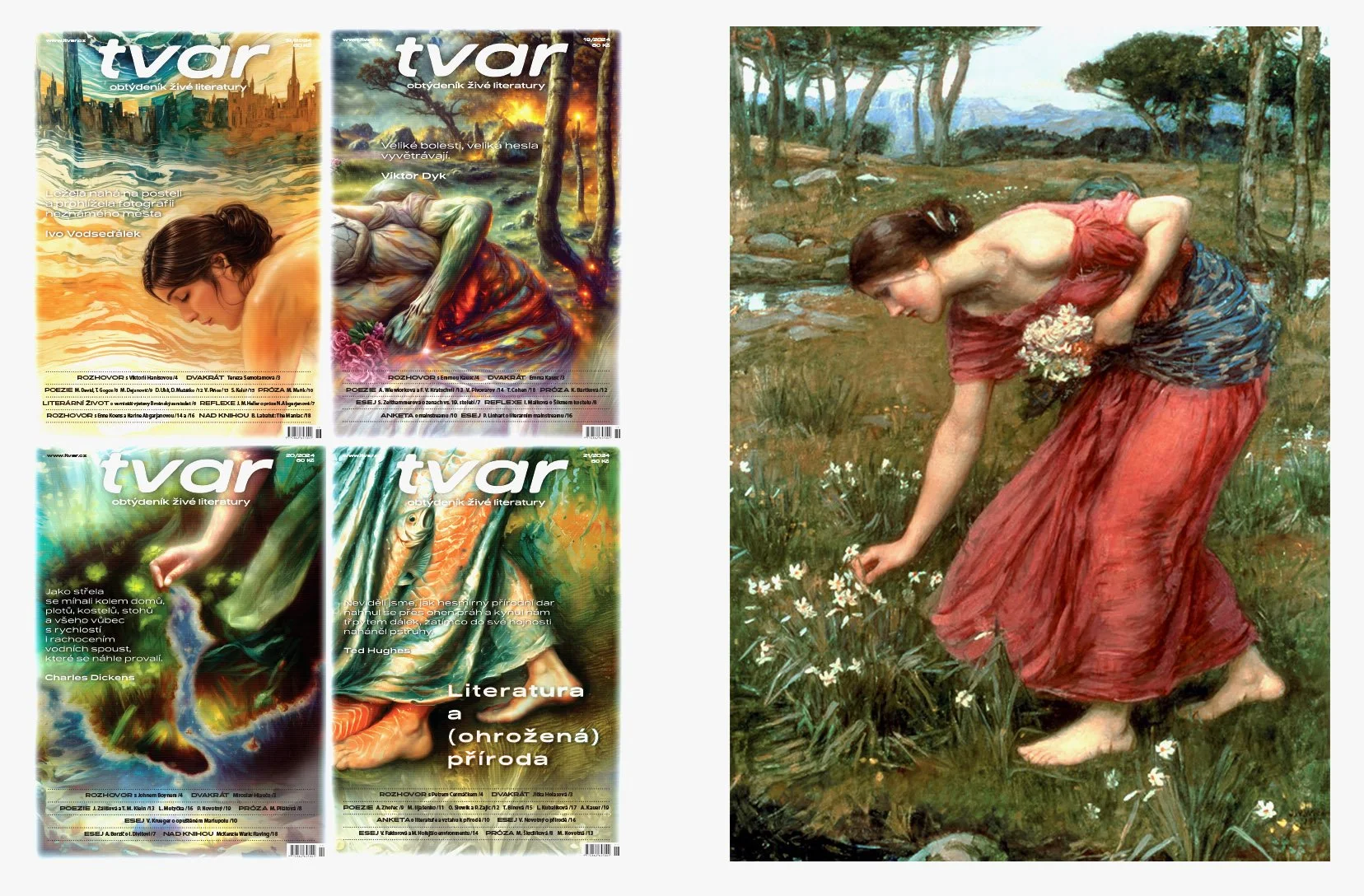Does the opposite of “clean” always have to be “dirty”?
Clean design is undeniably powerful. The well-worn phrase “less is more” will always ring true. But what if you flipped that on its head – could you still create something digestible? It all comes down to balance and personal taste. Yet what if complexity itself becomes the point?
“I think the next century will be the century of complexity.”
As Stephen Hawking declared at the turn of the millennium. I’ve been following this line of thinking for years, and with every passing season it stands out more clearly. “Hyper-novelty” describes the breakneck rollout of new technologies, ideas, and cultural shifts that wildly outpace our natural ability to adapt. The inertia of older systems and habits only widens the gap. One obvious reaction is to throw your hands up and embrace simplicity – whether to escape information overload, chase peace of mind, or just make sense of an increasingly strange world.
I’m on the side of cultivating complexity. I believe in stretching our attention and sharpening our perception. Our capacity to express – through words, images, or sound – has to be matched by our mental bandwidth. If we give in to simplicity, we end up with a drizzle of ever-weaker information, ever-dumber music, ever-shorter texts… and “generate an image with one click” becomes the new normal.
AI will widen this gap between simple and complex even more. But I want to make the side of the complex, holistic perspective as large as possible. In my mind, AI can help us with that mission in these ways:
navigate through big data and help us to see the connections (perhaps not seen before)
make us appreciate the value of REAL human input and invention
use tools to create things / ideas / approaches
more detailed,
more information-dense,
referencing broader symbolic structures
On that note, I present one way where I tried to do the complicated AI graphic design that might be recognized only when you see “the full picture”.
four literary magazines put together make up (in a transformational way) D. G. Rossetti’s “Vision of Fiametta” (1878)
yet another quartet of magazine covers to reference J. W. Waterhouse’s “Narcissus” (1912)

